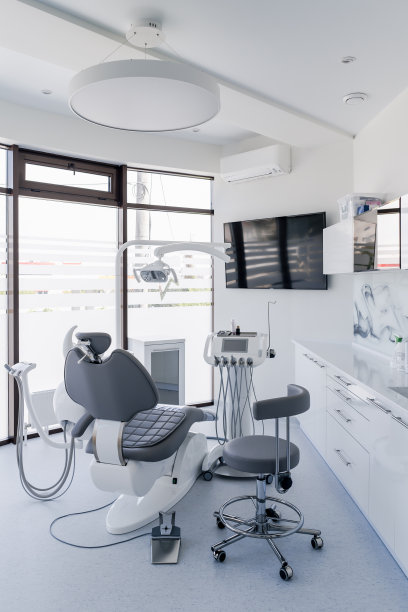Essential Guidelines for Ensuring Safe and Effective Root Canal Treatment Practices
Summary: Root canal treatment is a common procedure aimed at treating dental infection and preserving natural teeth. To ensure safety and effectiveness, dental practitioners must adhere to essential guidelines throughout the process. This article discusses four key aspects: comprehensive diagnosis and treatment planning, strict aseptic protocols, appropriate use of technology and materials, and the importance of patient education and follow-up. Following these guidelines not only minimizes risks but also enhances the likelihood of successful treatment outcomes. By adhering to these practices, professionals can provide a higher standard of care and maintain patient trust.
1. Comprehensive Diagnosis and Treatment Planning

The foundation for effective root canal treatment lies in thorough diagnosis and meticulous treatment planning. Dental practitioners must utilize advanced imaging techniques, like Cone Beam Computed Tomography (CBCT), to assess the tooths root structure and surrounding tissues accurately. This technology allows for a three-dimensional view, significantly aiding in the identification of hidden canals, fractures, or anomalies that traditional X-rays might miss.
In addition to imaging, a detailed patient history and clinical examination are crucial. Understanding the patients symptoms, prior dental treatments, and any systemic health issues can significantly impact treatment decisions. Setting realistic treatment goals for both the patient and the dental team can foster a collaborative approach towards achieving successful outcomes.
Moreover, creating a treatment plan tailored to the patient’s specific condition plays a vital role in the effectiveness of root canal therapy. This plan should include the method of canal cleaning, shaping, and disinfection, ensuring all team members are informed and prepared for the procedure ahead.
2. Strict Aseptic Protocols
Adhering to strict aseptic protocols is fundamental in preventing infections during root canal procedures. This begins with a sterile field setup, which requires all dental tools and materials to be properly sterilized and organized before treatment begins. Practitioners should also ensure that they wear appropriate personal protective equipment (PPE) such as gloves, masks, and goggles.
Instrument handling is another critical component. Utilizing single-use materials whenever possible can significantly reduce cross-contamination risks. All reusable instruments must undergo rigorous sterilization processes, including autoclaving, to ensure that no pathogens are introduced during treatment.
In addition to instrument sterilization, the dental operatory environment must be maintained to a high standard of cleanliness. Regular disinfection of surfaces, appropriate disposal of waste, and controlled air flow reduce the risk of airborne contamination, contributing to overall patient safety during root canal treatment.
3. Appropriate Use of Technology and Materials
The integration of modern technology and materials into root canal treatment enhances both efficiency and outcomes. Dental professionals should remain updated on the latest advancements in endodontic instruments and techniques, such as rotary nickel-titanium files, which allow for more effective canal shaping and cleaning compared to manual techniques.
Additionally, utilizing advanced irrigants and medicaments can significantly improve disinfection of the root canal system. The selection of appropriate sealing materials is critical for successful obturation, as they must provide an effective barrier against re-infection while remaining biocompatible.
Furthermore, it’s essential for practitioners to use apex locators during the procedure to determine the working length accurately. This minimizes the risk of over-instrumentation and potential complications, as well as increasing the predictability of the overall treatment.
4. Importance of Patient Education and Follow-Up
Patient education is a pivotal aspect of successful root canal treatment. Practitioners must take the time to explain the procedure, addressing any concerns or misconceptions patients may have. Providing thorough information regarding potential discomfort, recovery time, and the importance of post-treatment care fosters a sense of trust and reassurance.
Moreover, educating patients about the symptoms of potential post-treatment complications is crucial for prompt intervention. Patients should be instructed to reach out for follow-up appointments if they experience unusual pain or swelling after the procedure, as timely action can significantly affect healing.
Follow-up care is equally important. After completing the root canal treatment, a well-structured follow-up schedule can help monitor the healing process and assure no residual infection remains. Most patients benefit from periodic check-ups to prevent future complications and maintain overall dental health.
Summary:
In conclusion, ensuring safe and effective root canal treatment practices is paramount for dental practitioners. By focusing on comprehensive diagnosis and treatment planning, adhering to strict aseptic protocols, using appropriate technology and materials, and prioritizing patient education and follow-up, practitioners can optimize treatment outcomes and enhance patient satisfaction.
This article is compiled by Vickong Dental and the content is for reference only.



